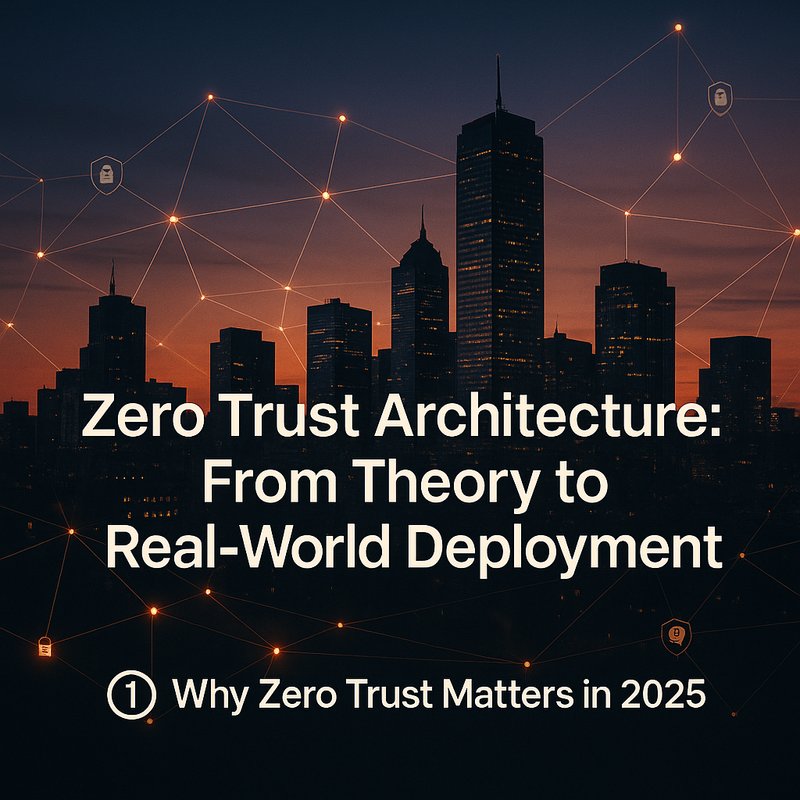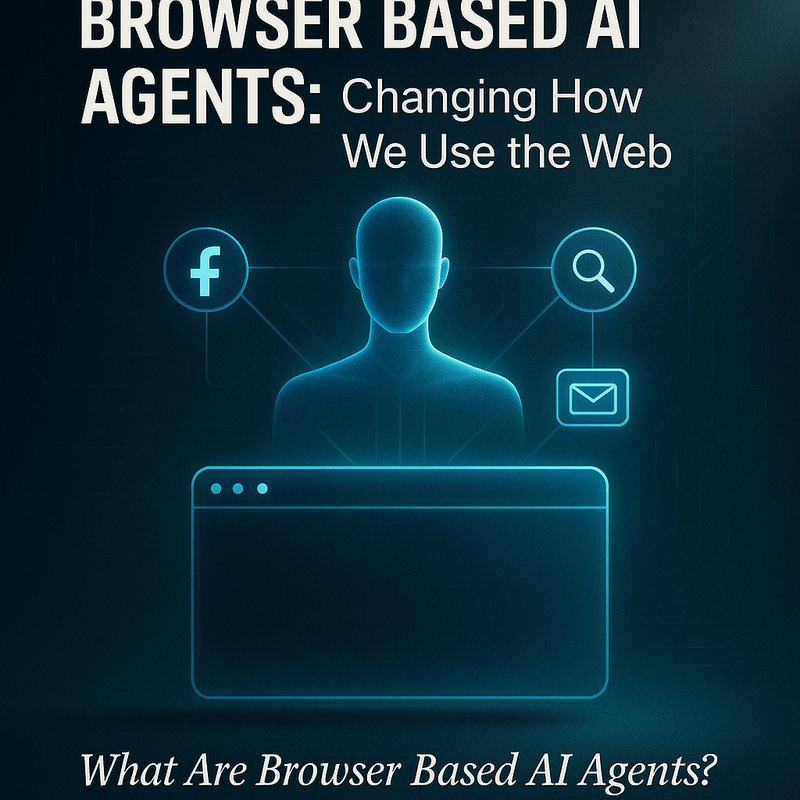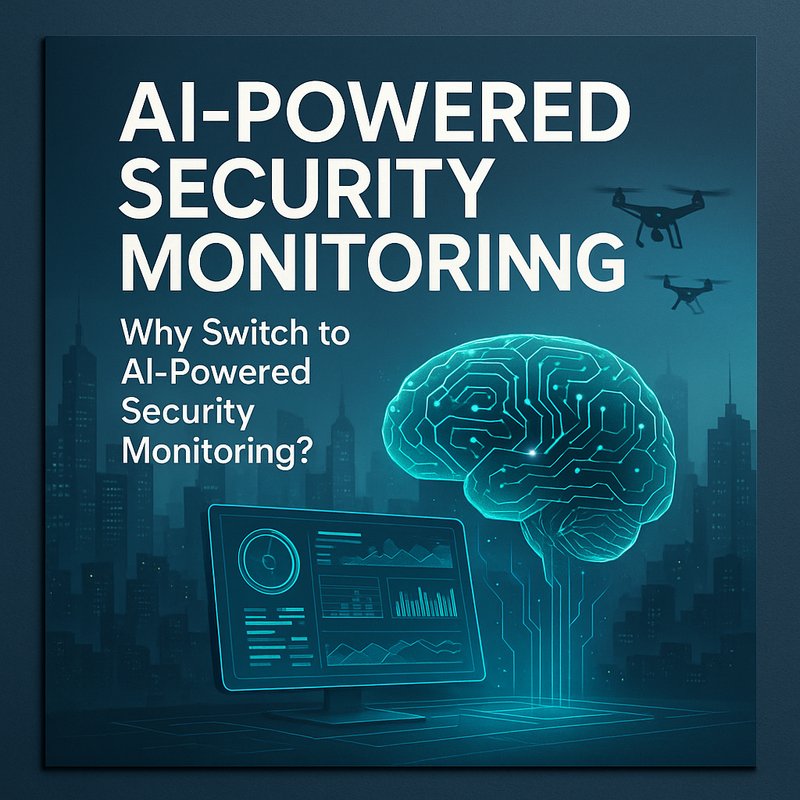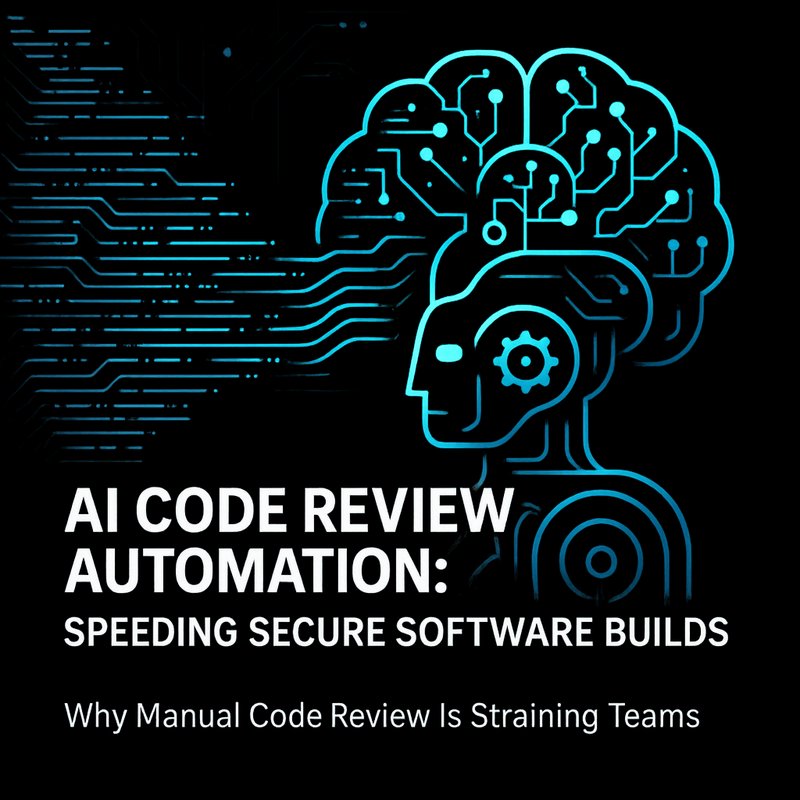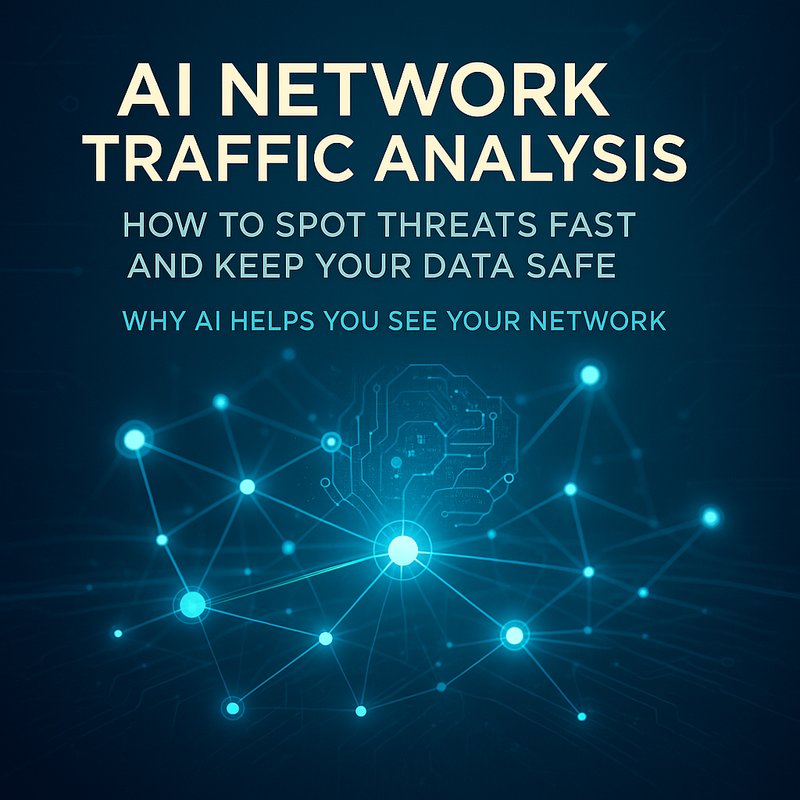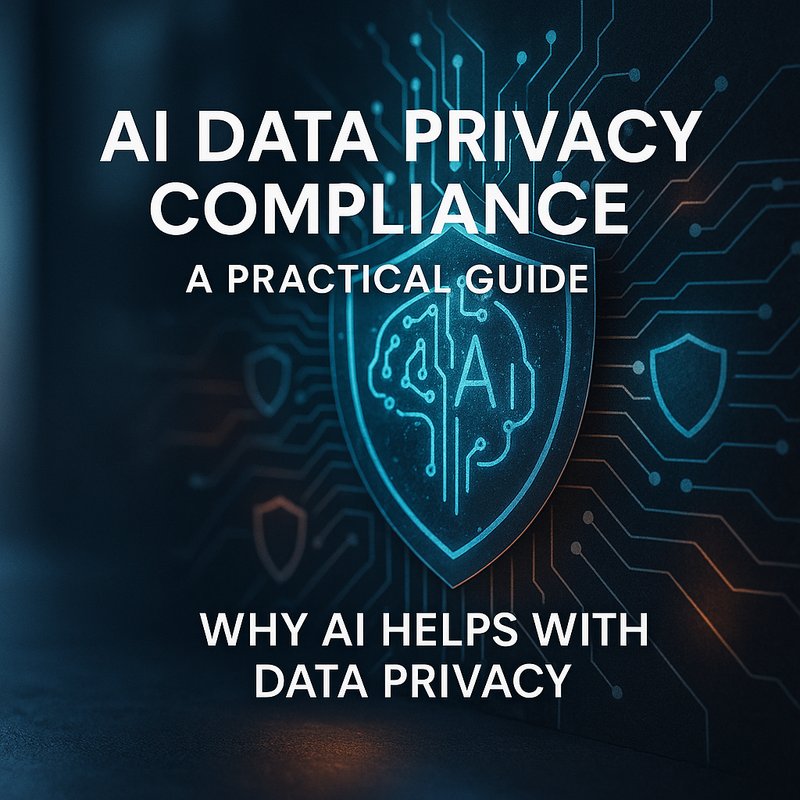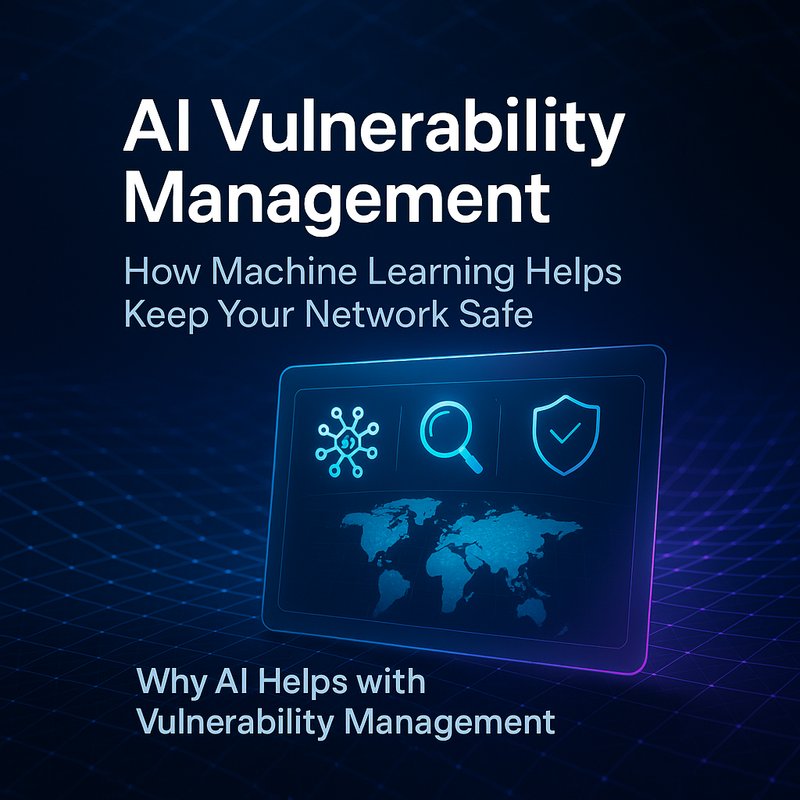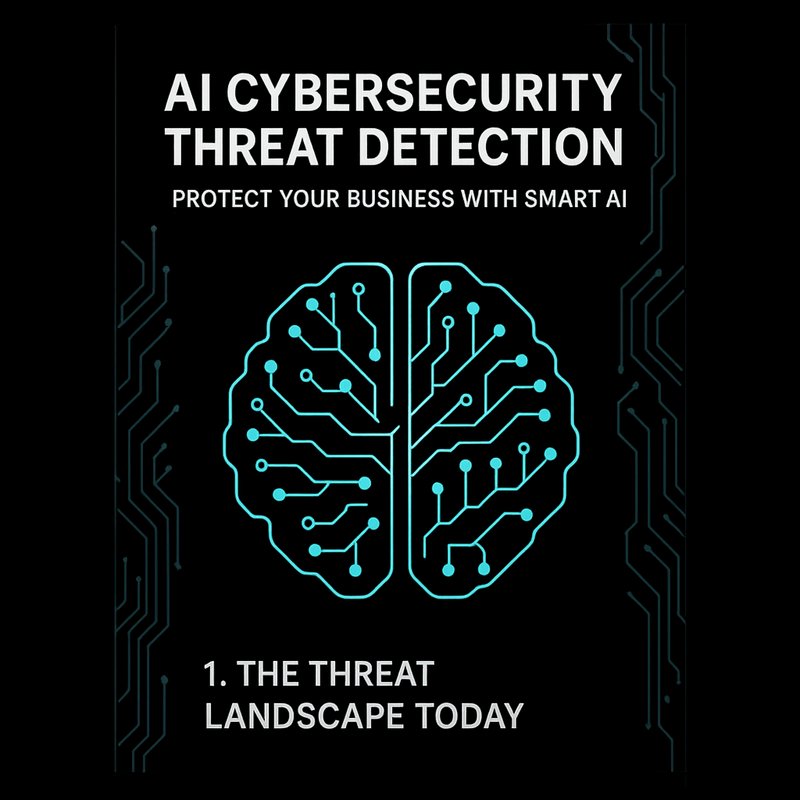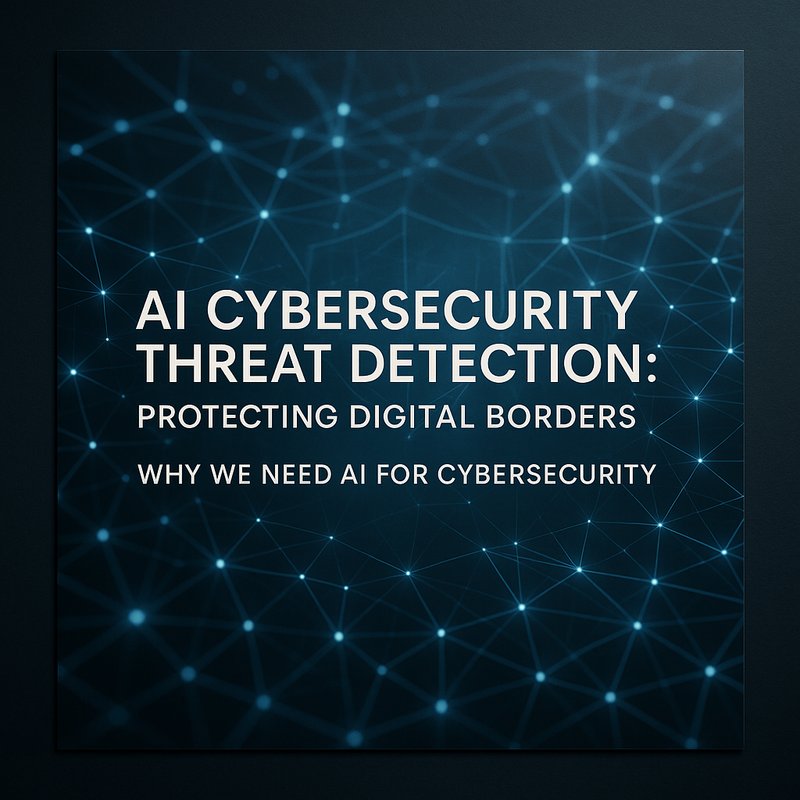Zero Trust Architecture is a security framework that changes the way organizations think about trust and access control.
It says you can’t assume anything inside or outside your network is safe and requires continuous verification for every request.
In this guide, we’ll break down the core principles, walk through the deployment phases, and show how to choose tools and teams to make Zero Trust work for your business.
Whether you’re a security lead, a developer, or an operations manager, the ideas below will help you start building a safer environment today.
1️⃣ Why Zero Trust Matters in 2025
Security breaches keep rising, and the old “perimeter‑first” mindset is no longer enough.
Attackers now move laterally inside networks, use stolen credentials, and exploit cloud misconfigurations.
Zero Trust Architecture forces you to:
- Treat every user and device as a potential threat.
- Verify each request with multi‑factor authentication and contextual checks.
- Restrict access to the smallest possible scope, using least‑privilege.
These shifts reduce the attack surface dramatically.
A recent study found that organizations that fully embraced Zero Trust cut data breach costs by up to 60 %.
2️⃣ Core Tenets of Zero Trust
| Tenet | What It Means | Practical Example |
|---|---|---|
| Never Trust, Always Verify | Every access request must be authenticated and authorized. | A user logging in from a new device triggers an MFA prompt. |
| Least‑Privilege Access | Grant only the permissions needed for a job. | An engineer gets write access to the staging environment, but not production. |
| Micro‑Segmentation | Divide the network into small zones. | Separate database servers from web servers, each with its own firewall rules. |
| Continuous Monitoring | Detect anomalies in real time. | A sudden spike in data export from a user’s account raises an alert. |
| Assume Breach | Build defenses that contain and detect compromise quickly. | Enable network isolation and automatic rollback of compromised VMs. |
These principles are the building blocks for every Zero Trust plan.
3️⃣ Zero Trust Implementation Roadmap
Deploying Zero Trust is a journey that starts with assessment, followed by design, and ends with continuous improvement.
Here’s a step‑by‑step plan that keeps teams focused and results measurable.
3.1 Phase 1 – Asset Discovery & Classification
- Inventory Everything – Use tools like Neura Artifacto to pull inventory from AWS, Azure, GCP, and on‑prem hosts.
- Classify Assets – Mark data and applications by sensitivity: public, internal, confidential, regulated.
- Map Connectivity – Visualize how assets talk to one another with a network diagram.
Why it matters – Without knowing what you own, you can’t decide where to slice the network.
3.2 Phase 2 – Identity & Access Management
- Modern IAM – Replace legacy username/password with federated identity (SAML, OIDC) and MFA.
- Role‑Based Access Control (RBAC) – Define roles like “DevOps”, “Compliance Officer”, “Guest.”
- Zero‑Trust Conditional Access – Evaluate risk factors: location, device health, time of day.
Tip: Integrate with a platform such as Azure AD or Okta to automate policy enforcement.
3.3 Phase 3 – Network Segmentation & Micro‑Policies
- Define Zones – Create security zones (dev, test, prod, sandbox) and enforce boundary controls.
- Apply Zero‑Trust Gateways – Use an API gateway or service mesh to inspect traffic at the edge.
- Dynamic Policy Engine – Allow policies to change on the fly based on threat intelligence feeds.
Tool suggestion – Use Istio on Kubernetes or AWS Transit Gateway with Network Firewall for segmentation.
3.4 Phase 4 – Continuous Monitoring & Analytics
- Telemetry Collection – Deploy agents to collect, metrics, and network flows.
- Behavioral Analytics – Use machine‑learning models to spot outliers.
- Incident Response Orchestration – Connect alerts to SOAR for automated playbooks.
Internal link: For a practical SOAR example, check out our case studies on rapid incident containment.
3.5 Phase 5 – Governance & Compliance
- Policy Repository – Store all Zero Trust rules in version‑controlled code.
- Audit Trail – Keep immutable logs of policy changes and access events.
- Compliance Mapping – Align policies with standards like PCI‑DSS, HIPAA, or GDPR.
Result – A clear audit report that shows you meet regulatory requirements while maintaining agility.
4️⃣ Tool Landscape for Zero Trust
Below is a curated list of technologies that help you build a Zero Trust Architecture without reinventing the wheel.

| Tool | Category | Key Feature | Why It Fits Zero Trust |
|---|---|---|---|
| Neura Keyguard | Vulnerability Scanning | API key discovery | Protects secrets before they get misused. |
| Neura ACE | Policy Automation | Auto‑generate content for IAM policies | Speeds up policy creation. |
| AWS IAM & GuardDuty | Identity & Threat Detection | Continuous monitoring of AWS resources | Detects anomalous IAM activity. |
| Azure AD Conditional Access | Access Control | Location‑based policies | Enforces MFA for unknown regions. |
| Kubernetes Network Policy | Micro‑Segmentation | Fine‑grained pod access | Limits lateral movement. |
| Istio | Service Mesh | Traffic encryption & authentication | Adds TLS at every service call. |
| Elastic Stack | Log Management | Unified log ingestion | Central view for anomaly detection. |
| TheHive & Cortex XSOAR | SOAR | Automated incident response | Reduces MTTR for Zero Trust violations. |
When choosing a stack, look for integrations that keep the policy engine central.
For instance, an IAM tool that can push policy decisions to a service mesh reduces manual overhead.
5️⃣ Real‑World Success: A Global Retailer’s Journey
A multinational retailer with 8,000 employees rolled out Zero Trust Architecture in 2024.
Key actions:
- Deployed Neura Keyguard across all web frontends to eliminate API key leaks.
- Implemented AWS GuardDuty and Azure AD Conditional Access for real‑time threat detection.
- Segmented the network into 12 security zones and applied Istio policies.
Result:
- 70 % drop in lateral movement incidents.
- Zero data breach incidents for the first time since 2018.
- Compliance score of 99 % against PCI‑DSS.
The retailer’s security team now focuses on threat hunting instead of patching.
6️⃣ Common Pitfalls and How to Avoid Them
| Pitfall | Why It Happens | Fix |
|---|---|---|
| Over‑centralization | One policy engine becomes a bottleneck | Decentralize policy enforcement with micro‑segmentation. |
| Insufficient monitoring | No visibility into policy violations | Deploy telemetry agents on every node. |
| Rigid role definitions | Roles change fast in agile teams | Use dynamic roles and least‑privilege automation. |
| Ignoring device security | Unmanaged devices still pose risk | Enforce device health checks before granting access. |
| Neglecting compliance alignment | Policies drift from regulations | Map policies to regulatory frameworks early. |
Avoiding these mistakes ensures your Zero Trust rollout stays efficient and secure.
7️⃣ Future‑Ready Enhancements
- AI‑Driven Policy Suggestions – Machine‑learning models can propose new micro‑segmentation rules based on traffic patterns.
- Quantum‑Safe Encryption – Prepare for quantum threats by adopting lattice‑based key exchanges.
- Edge‑AI Security – Deploy lightweight AI models on edge devices to detect anomalies locally.
- Zero‑Trust DevSecOps – Integrate policy checks into CI/CD pipelines for continuous compliance.
Keep an eye on these trends to stay ahead of emerging attack vectors.
8️⃣ Getting Started Checklist
| Item | Action |
|---|---|
| Assess Current State | Run an asset inventory scan with Neura Keyguard. |
| Define Security Zones | Map out dev, test, prod, and sandbox environments. |
| Set up IAM | Enable MFA, conditional access, and RBAC. |
| Implement Network Policies | Use Kubernetes Network Policy or AWS Transit Gateway. |
| Deploy Monitoring Agents | Install Elastic Stack agents on all hosts. |
| Automate Policy Management | Store policies in Git and use CI/CD to apply them. |
| Train Teams | Conduct Zero Trust workshops for developers and ops. |
| Review & Iterate | Review incidents quarterly and adjust policies. |
This checklist gives you a quick launchpad to start implementing Zero Trust Architecture in any environment, whether on‑prem, cloud, or hybrid.
9️⃣ Continuous Improvement Loop
Zero Trust is not a one‑time project—it’s an ongoing discipline.
Follow this loop:
- Measure – Track metrics like MTTR, number of policy violations, and data exposure incidents.
- Analyze – Use behavioral analytics to understand why a policy failed.
- Update – Revise policies, retrain models, or patch misconfigurations.
- Communicate – Keep stakeholders informed of changes and results.
When you close the loop quickly, you build an adaptive security posture that keeps pace with attackers.
🔟 Conclusion
Zero Trust Architecture redefines security by removing implicit trust.
By following the roadmap, selecting the right tools, and continuously iterating, organizations can protect critical data, reduce breach costs, and comply with regulations—all while enabling teams to innovate.
The future of security is built on trust that is earned, not assumed.
